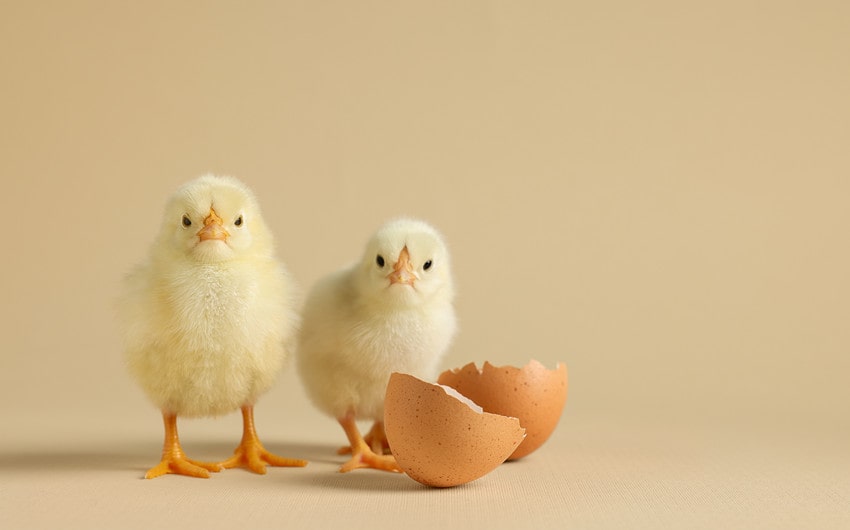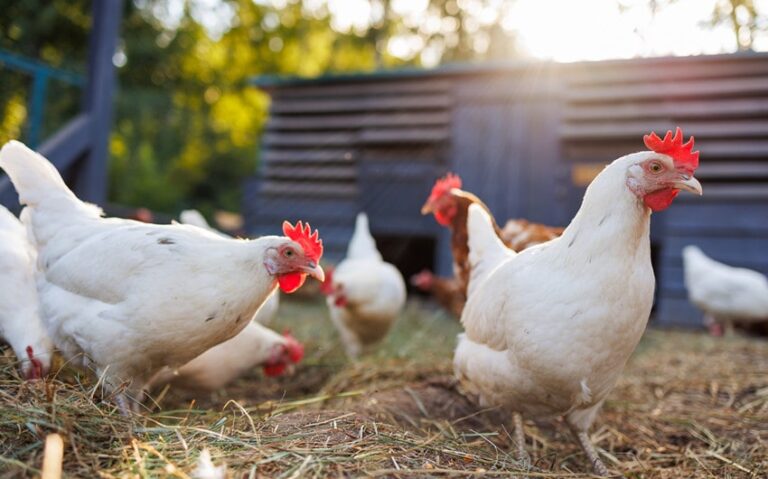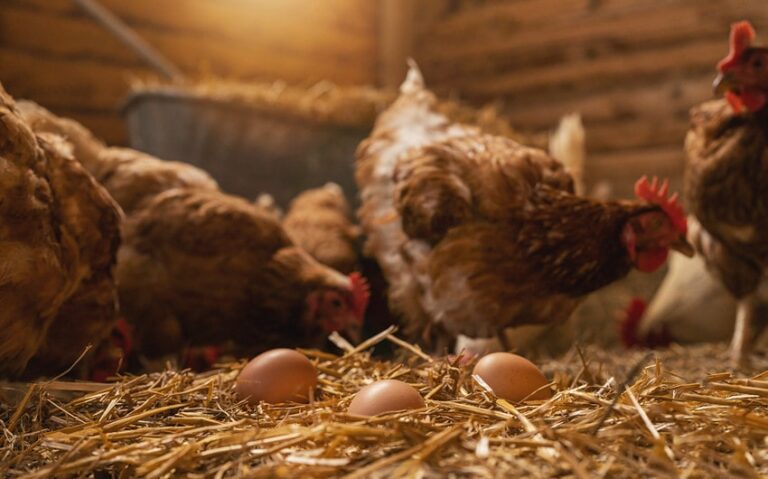How to Tell If a Baby Chick Is Male or Female
Determining the gender of a baby chick can be a challenge, especially for new chicken keepers. Knowing how to tell if a baby chick is male or female is important for managing your flock, planning for egg production, and avoiding any surprises as your chicks grow. While it’s not always easy to spot the difference right away, there are a few reliable methods that can help you figure it out.
Whether you’re raising chicks for the first time or simply curious, learning how to identify the gender of your chicks early on can make a big difference in your poultry-keeping journey.
Why It’s Important to Know the Gender of Your Chicks
Breeding and Egg Production
Knowing the gender of your chicks is crucial if you’re raising them for breeding or egg production. Only hens lay eggs, so identifying your females early helps you manage your expectations and plan for future egg-laying. If you’re breeding chickens, understanding which chicks are roosters and which are hens allows you to create balanced breeding pairs and avoid overcrowding issues.
Accurate gender identification ensures you can separate roosters from hens when necessary, preventing unwanted breeding and maintaining a healthy flock dynamic.
Behavior and Flock Dynamics
The gender of your chicks significantly impacts the behavior and overall dynamics of your flock. Roosters tend to be more territorial and dominant, which can lead to aggression, especially if multiple roosters are present. Knowing which chicks are male allows you to monitor behavior closely, reduce potential conflicts, and maintain a harmonious environment.
On the other hand, hens are generally more docile, making them easier to manage within mixed flocks. Proper gender identification helps you create a balanced, peaceful flock setup.
Legal and Zoning Issues
Many urban and suburban areas have restrictions on keeping roosters due to noise and aggression concerns. Knowing how to tell if a baby chick is male or female helps you comply with local laws and avoid fines or the need to rehome birds. Early identification allows you to plan accordingly, either by rehoming roosters or ensuring you only raise hens if roosters are not permitted. This proactive approach ensures that your flock remains manageable, legal, and suited to your living environment.
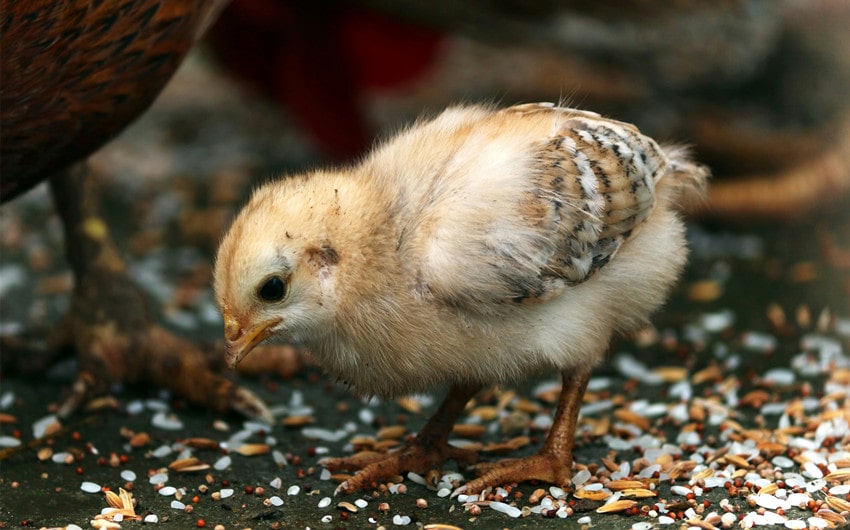
Common Methods for Sexing Baby Chicks
Determining the gender of baby chicks can be challenging, especially for beginners, but several methods can help you identify whether a chick is male or female. These methods vary in difficulty, accuracy, and accessibility, making it important to choose the one that best suits your needs and experience level.
Vent Sexing
Vent sexing is a highly accurate method used primarily by professionals at hatcheries to determine the gender of chicks. This technique involves examining the chick’s vent, or cloaca, to identify tiny differences between male and female reproductive anatomy. While vent sexing can provide immediate and reliable results, it requires specialized training and a keen eye to distinguish the subtle variations.
Due to its complexity and potential stress on the chicks, this method is best left to experienced hatchery workers or those who have undergone specific training. Despite its challenges, vent sexing remains one of the most precise methods for early chick sexing.
Feather Sexing
Feather sexing is a popular method among certain breeds that show distinct differences in feather growth between males and females. This method typically involves examining the wing feathers of chicks just a few days old. In breeds like certain hybrids and sex-linked varieties, females often develop primary wing feathers that are longer and more pronounced than their male counterparts, who have shorter, more uniform feathers.
Feather sexing is relatively easy to perform, non-invasive, and provides quick results, making it an accessible option for backyard chicken keepers. However, it’s important to note that feather sexing is only reliable in specific breeds designed for this purpose.
Color Sexing
Color sexing is a straightforward and reliable method available for certain breeds known as sex-linked or auto-sexing chickens. These breeds are specifically bred so that males and females have different down colors at hatching, allowing for immediate visual identification. For example, in some sex-linked breeds, males may have lighter or distinctly different markings compared to females.
Color sexing is particularly useful for novice chicken keepers as it requires no special skills or training—simply look for the color differences. However, this method is limited to breeds that have been selectively bred for color differentiation, so it’s not applicable to all chicken types.
Behavioral Differences Between Male and Female Chicks
Observing the behavior of baby chicks can offer subtle clues about their gender. While these signs are not foolproof, they can provide helpful hints, especially when combined with other sexing methods. Differences in activity levels, posture, and vocalizations can often reveal whether a chick is male or female.
Activity Levels
One of the earliest behavioral differences between male and female chicks is their activity level. Male chicks are typically more energetic, curious, and assertive compared to their female counterparts. They often display bold behaviors, such as pecking more frequently, challenging other chicks, and exploring their surroundings with greater enthusiasm.
This higher activity level can sometimes make male chicks appear more dominant within the group, even at a young age. In contrast, female chicks tend to be calmer, more reserved, and less likely to engage in frequent confrontations, making them easier to handle in many cases.
Posture and Movements
Male and female chicks also differ in how they carry themselves and move around. Male chicks often stand taller, with a more upright and confident posture, while female chicks typically adopt a lower, more submissive stance. Males may also display more pronounced wing flapping, chest bumping, and strutting as they establish their presence within the flock.
These behaviors are early signs of the territorial and dominant nature that roosters often develop as they mature. On the other hand, female chicks usually move more gracefully, with gentler movements that reflect their typically less aggressive nature.
Early Crowing Attempts
One of the most noticeable behavioral differences in male chicks is the early attempt to crow. While it’s usually roosters who develop the characteristic crow, some male chicks start practicing vocalizations much earlier than expected. These early crows are often uncoordinated, scratchy, and inconsistent, sounding more like awkward chirps than the full-throated crow of an adult rooster.
This early crowing can begin as young as a few weeks old, providing a strong indication that the chick is male. Female chicks, on the other hand, are generally quieter and less likely to engage in such vocal experiments, sticking to softer peeps and chirps.
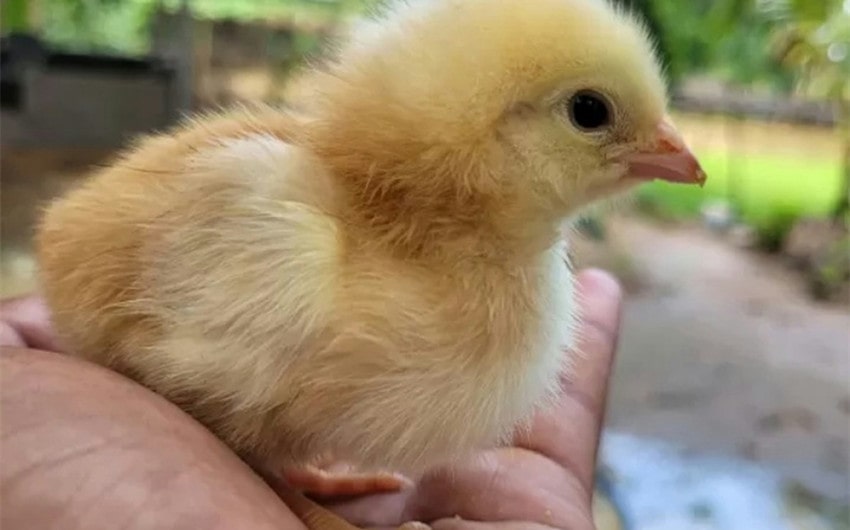
Physical Characteristics as Chicks Grow
As chicks grow, several physical characteristics can help distinguish males from females. These traits often become more noticeable as the chicks mature, providing clearer indicators of their gender. By paying close attention to comb and wattle development, leg thickness, and tail feather growth, chicken keepers can make educated guesses about whether a chick is male or female.
Comb and Wattle Development
One of the most obvious physical differences between male and female chicks as they grow is the development of their combs and wattles. Male chicks, or roosters, tend to develop larger and more prominent combs and wattles at an earlier age than females. The comb, which is the fleshy crest on top of the head, and the wattles, the fleshy lobes hanging under the beak, begin to grow and turn redder in males much sooner than in females.
This early development can be a clear sign that a chick is male. In contrast, female chicks usually have smaller, paler combs and wattles that develop more slowly, making them less noticeable during the early stages of growth.
Leg Thickness
Another distinguishing feature of male chicks is the thickness and sturdiness of their legs. Roosters often have thicker, stronger legs compared to hens, which supports their more dominant and aggressive nature as they mature. These sturdier legs help roosters maintain balance during fights, mating, and while establishing dominance within the flock.
Even at a young age, male chicks may display slightly thicker shanks (the part of the leg between the foot and the hock) compared to females. Hens typically have thinner, more delicate legs, which reflect their less combative and more docile behavior. Observing leg thickness can provide a useful clue, especially when combined with other physical and behavioral characteristics.
Tail Feathers
Tail feather growth is another key indicator of a chick’s gender, with males and females often showing noticeable differences as they develop. Male chicks tend to have tail feathers that are slower to grow and may appear more ragged or uneven compared to females. As roosters mature, their tail feathers will eventually grow longer, more pointed, and develop the distinctive, curved sickle shape associated with mature roosters.
Female chicks, on the other hand, usually develop their tail feathers more quickly and uniformly, resulting in a neater, rounded appearance. These early differences in tail feather growth can help chicken keepers identify the gender of their chicks well before they reach adulthood.
DNA Testing and Professional Services
For those seeking absolute certainty in determining the gender of their baby chicks, DNA testing and professional services offer reliable solutions. These methods are particularly useful when traditional visual or behavioral observations are inconclusive, or when the exact gender of each chick is critical for breeding, show purposes, or compliance with local regulations.
DNA Testing
DNA testing is the most accurate method for determining the gender of a chick, providing nearly 100% reliable results. This process involves collecting a small sample from the chick, usually a few feathers, a drop of blood, or a swab from the mouth.
The sample is then sent to a specialized laboratory, where it is analyzed for genetic markers that indicate the chick’s sex. DNA testing can identify gender from a very early age, even before physical or behavioral traits become apparent, making it a preferred choice for breeders who need precise information.
While DNA testing is highly accurate, it does come at a cost and requires time for shipping and analysis. It is often used when knowing the exact gender is crucial, such as in breeding programs that need a specific ratio of males to females or when raising show birds where gender plays a significant role in competition eligibility. Though it’s more expensive and requires some effort, DNA testing provides peace of mind and the most definitive answer to the question of a chick’s gender.
Hiring a Professional
For those who prefer a hands-on approach but lack the skills or confidence to sex chicks themselves, hiring a professional can be a great option. Professional chick sexers have specialized training and experience in methods like vent sexing, feather sexing, and other techniques that require precision and knowledge. They can accurately determine the gender of large groups of chicks quickly, making them ideal for hatcheries, farms, or backyard keepers with a significant number of birds.
Hiring a professional is particularly useful when a high level of accuracy is required without the wait time associated with DNA testing. Professionals can often visit your location or handle the chicks directly, providing immediate results. This service is valuable when you need to make quick decisions about separating roosters from hens, managing breeding pairs, or ensuring compliance with local regulations.
While there is a cost associated with hiring a professional, the convenience and expertise they bring can be well worth the investment for those managing larger or more valuable flocks.

